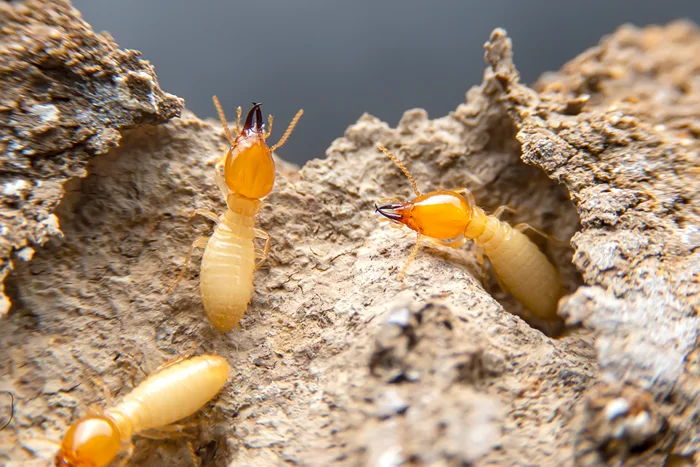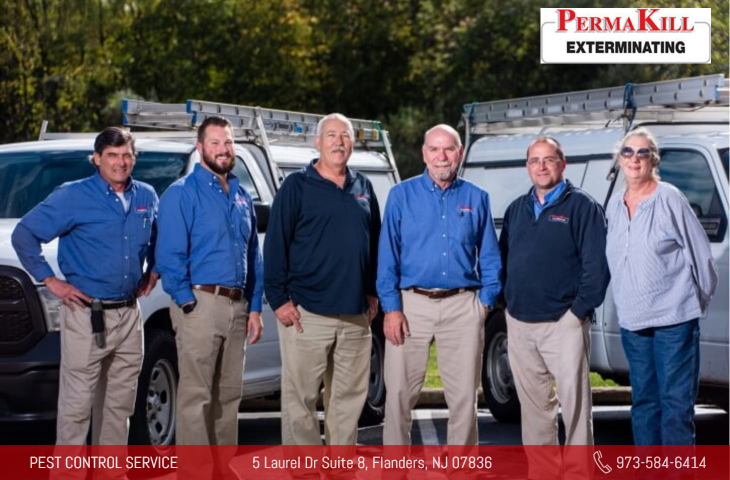


Subterranean termites are known to wreak havoc in places that they infest. Two of the subtypes of these pests include the Eastern subterranean and the Formosan termites, which can both infest your home or business if you’re not wary.
But what are the differences between the Eastern subterranean and the Formosan termites? Differentiating between these two subtypes boils down to a number of factors including the location of where they are commonly found, their physical appearance, moisture preferences, termite colony sizes, and appetite.
Generally, they differ in genus: Eastern subterranean termites are more specifically part of the Reticulitermes genus, while Formosan termites are called Coptotermes formosanus. These termites also differ when it comes to where they can be found and where they thrive, how they look, and what they eat.
Formosan termite colonies favor warm weather and are abundant throughout the southern states of the United States, as compared to the Eastern subterranean termites, which as their name suggests, are more commonly found in the eastern portion of the region.
Even if they’re more commonly found in the south, they’re very invasive and multiply at an alarming rate, and these pests have been detected up north. As a result, researchers anticipate that Formosan termite colonies will eventually become common in all areas of the United States.
A Formosan termite’s body is long and has two short pinchers on its heads, compared to Eastern subterranean termites with shorter bodies, and longer pinchers. Formosan termites are a translucent orange color, while Eastern subterranean termites are a grayish or brownish hue.
Both types of wood termites like to bury underground and create mud tubes to access moist soil for their source of water. However, Formosan colonies are known to have the ability to build cartons that bring moisture to their nests.
They can create nests above ground without having to return to the soil as often as Eastern subterranean termites do. This means that Formosan colonies are able to live inside a house, by creating nests, and they can create more termite damage to furniture and items in the household.
In the southern United States, the Formosan subterranean termites (Coptotermes formosanus) are invasive termite species. Each termite in a Formosan termite colony consumes wood at a faster rate than Eastern subterranean termites, thus creating more damage. They’re known to be more destructive and invasive compared to Eastern subterranean termites.
Termite control is an important part of keeping your home free of pests. Stagnant or leaking water can provide opportunities for wood termites to survive. Water may find its way down to the foundations of properties and create damp or moist soil.
Termites, especially subterranean termites multiply rapidly where there is available moisture and wood. Having untreated and damaged wood in your home is also an invitation for these pests to infest. Wood ranging from structural posts to furniture or even picture frames is a favorite for these insects.
Having no barrier between the soil from outside the house and the structural posts of your home can make it more likely for termites to damage your home. Open doorways, windowsills, and holes in the floor and ceiling are some of the entryways that termites can take to get into your home.
Lastly, having debris, especially woodpile or firewood, stocked in far corners of your house can invite termite infestations.
It’s good to eliminate wood-to-ground contact, as earth-to-wood contact offers termites readily available food sources, moisture, and shelter. Doors, window frames, and other possible entryways must be at least 6 inches above ground level.
Don’t let moisture accumulate anywhere around the house as well. If you have fountains, ponds, or even faucets outside, make sure they do not leak and are properly covered. Fix any existing leaks and assess if the soil around these areas accumulates moisture.
Lastly, make sure to clear up clutter and debris. Homes that store woodpiles like those of firewood are more likely to have termite infestations. Firewood, lumber, cardboard, or newspaper are some of the items that attract termites. Clearing up these piles removes the food sources that termites can access.
Some home remedies for termite control in your home include:
The most efficient and effective way of dealing with termite infestations is by calling professional pest control services.

Formosan termites and Eastern subterranean termites continue to be a problem that plague homes infested with these pests. Both subtypes of termites prefer a moist environment and thrive underneath the soil. Formosan termites are more destructive due to their behavior and appetite.
Calling a professional termite exterminator is the most effective means of termite control in your home. PermaKill Exterminating offers expert termite elimination, from soil treatment to wood treatment, to bait control systems. You may reach PermaKill Exterminating at (973)-584-6414 or through our website.